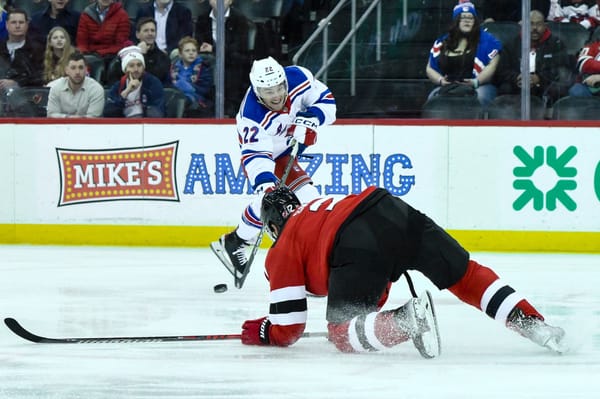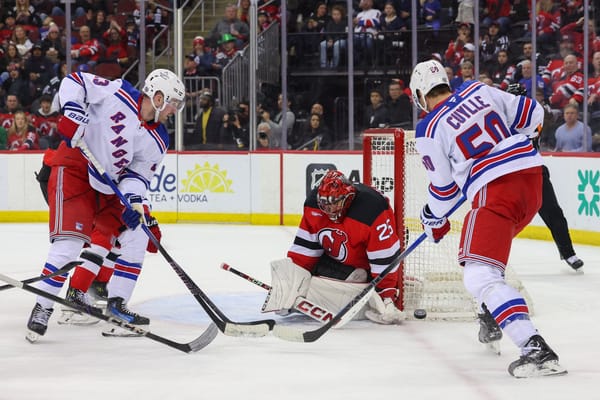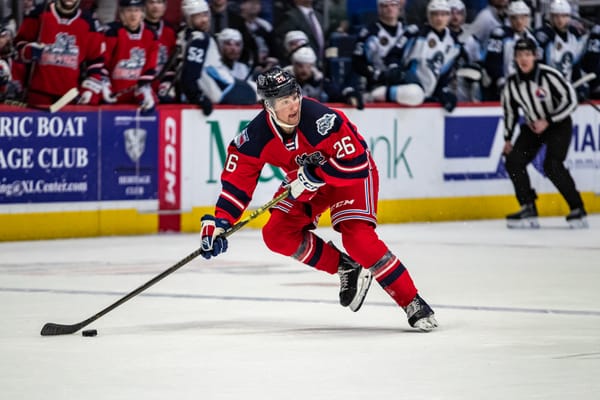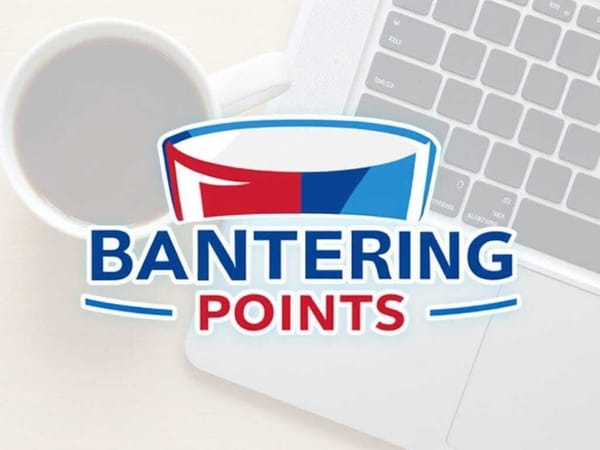Some thoughts on dead cap space
And why buyouts are best avoided at all costs
Since the Pavel Buchnevich signing, there has been a lot of discussion and debate about who the New York Rangers should and/or will buy out, with general manager Jeff Gorton having until 5 p.m. ET tonight to make that decision. But, just because Gorton can use this tool doesn’t mean that he necessarily should.
Today, we’re going to discuss dead cap space and the role it plays in buying out contracts. For whatever reason, the impact of dead space on the Rangers’ books moving forward has been somewhat neglected in many of these discussions and debates.
Note: if NYR buys out Shattenkirk they will have just under $7.5 million in dead space in 2020-21.
— Mike Murphy (@DigDeepBSB) July 27, 2019
And, as @StatBoy_Steven pointed out, the amount they'd save that year is less than the league minimum salary.
This is true of just the 2020-21 season, but it's quite a big deal. https://t.co/Th1Vhu8n1n
First, let’s get familiar with some numbers.
Below we have a table that breaks down what a buyout would look like for Marc Staal, Brendan Smith, and Kevin Shattenkirk. The tables below also include what the Rangers’ total cap hit would look like if we include the pre-existing dead space that the team is carrying as a result of the Dan Girardi and Ryan Spooner buyouts.
Staal’s deal carries a NMC, which means the Rangers cannot bury him in Hartford. So, Gorton either has to trade Staal or buy him out if he and the rest of the front office believe that it’s in the team’s best interest to part ways with the veteran defenseman and his burdensome contract.
Buying out Staal’s deal would result in the Rangers having $6,811,111 in dead cap space this season and $5,111,111 in dead space in 2020-21. After that, the dead space on the Rangers’ books would drop to $2,311,111 for 2021-22 and 2022-23.
Those are some alarming numbers for a team that just invested nearly $20 million in two players this offseason. But it’s important to note that if the Rangers buy out Staal, they will have $19.5 million coming off the books after the 2020-21 season — assuming that Smith, Shattenkirk, and Lundqvist are all still with the team. That makes the $2,311,111 in dead space in 2021-22 and 2022-23 a little more palatable. If Staal isn’t bought out, his contract too will come off the books in July 2021.
On paper, buying out Smith’s deal is the least punitive in regards to the dead cap space the Rangers would take on over the next four years. Of course, Smith is the only player of the three who can be buried in the minors. But burying his contract in Hartford opens up $1.075 million in cap space, which feels pretty insignificant considering how tight the Rangers’ current cap crunch is.
The structure of the Shattenkirk contract doesn’t quite make it buyout-proof like David Clarkson’s infamous deal, but there is definitely a case to made that it should be viewed as such.
If the Rangers opt to buy out the veteran defenseman’s contract, the team would get some relief heading into 2019-20, but they’d save just $567,000 in cap space — less than the league minimum salary — in 2020-21. As if that wasn’t problematic enough, the Rangers would carry a total of $7,494,444 in dead space that season. That’s 9.19 percent of this season’s $81.5 million cap. If the cap increases by five percent for the 2020-21 season, that dead space would represent 8.75 percent of the cap.
Having Shattenkirk’s cap hit on the books for another year and then trading him in the final year of his contract could be the preferred option, as it leaves that space open for actual usage next year — when the Rangers are one step closer to contention.
Cap Space as an Asset
In case it wasn’t painfully obvious already, buying contracts out should be avoided at all costs. It should also be clear that there are lessons to learn from the current cap squeeze the Rangers find themselves in. Moving forward, Gorton needs to tread carefully with his next wave of contracts, especially in light of how the Brady Skjei, Ryan Spooner, Vladislav Namestnikov, and Brendan Smith contracts have aged.
The Rangers are not in a position where dead cap space is crippling the team and keeping it from winning a Cup because they are not yet competitors, but that could change in a hurry. The moves that Gorton and company made this offseason make it clear that the club is anticipating a return to the playoffs in the very near future. Contenders often need to squeeze every drop of cap space they can get, so carrying at least $2.25 million in dead cap space over the next four seasons could be a problem.
It’s because of this that Gorton should consider moving contracts like Ryan Strome’s, Namestnikov’s, or Shattenkirk’s (with retained salary), in trades where the main asset coming back would be cap space. Given how set most of the rosters in the league are, this would be far easier said than done at this stage of the offseason, but it’s a strategy that deserves consideration.
Still not sold on the idea? Consider the impact of moving Namestnikov’s $4 million AAV to the Anaheim Ducks for a third round pick or a player like Nicolas Deslauriers who has a $950k cap hit for one year and a conditional pick or two. At face value, both of those returns would be drastically underwhelming for a player of Namestnikov’s reputation and versatility, but there are layers here.
Is it poor asset management to create $3 million in desperately needed cap space by trading Namestnikov for a replacement level player in lieu of dealing with the repercussions of a buyout? The Rangers are at the stage where there are no ideal solutions. What we have left to choose from are less than appealing exit strategies that only look palatable in comparison to the punitive nature of another buyout being on the Rangers’ books.
Gorton signed some big checks to lock up Artemi Panarin and Jacob Trouba this offseason, but he isn’t done paying the price for his decision to accelerate the rebuild.
And by the way, when the Vancouver Canucks decided to buyout Ryan Spooner, the Rangers’ gained $600,000 in cap space, which according to Larry Brooks helped the team land Panarin.
By the way? The $600,000 in cap space the Rangers cleared as a result of Vancouver’s buyout of Ryan Spooner represented the difference in the team being able to sign Panarin or not. Because without that $600,000, the Blueshirts were prepared to stick on their offer of $11M per, industry sources confirm.
Still don’t think that every penny counts when it comes to cap space? One way or another, Jeff Gorton has to get the Rangers under the cap. Hopefully, he’ll get creative and find a way to do it without having to resort to a buyout.




